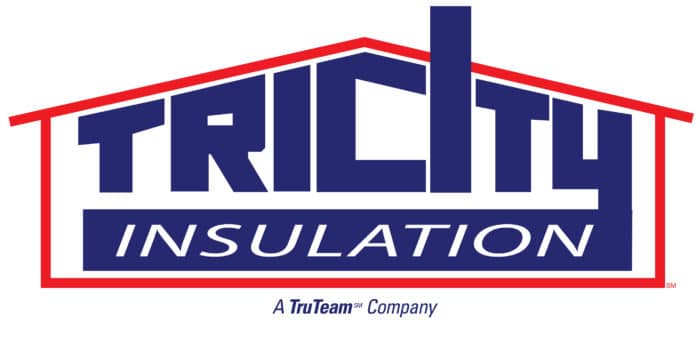If your home feels drafty or you have high heating and cooling bills, inadequate insulation and air leaks may be to blame. These problems can be addressed by blowing cellulose insulation into sidewalls, attics and rim joists.
A well-insulated home is more energy efficient, comfortable and quiet, saving you money on utility costs for years to come. It can also reduce negative impacts on the environment.
Attic Insulation
Poorly insulated homes waste money on heating and cooling. By insulating your home, you can reduce utility bills and protect the environment.
Upgrading your attic insulation can save you a significant amount of money on energy bills, especially if you live in a cold climate. The average cost of attic insulation varies by region, and the R-value of the specific type of insulation you choose will impact the project’s final costs. You may also need to remove or supplement old insulation before installing new, which can add to the overall expense.
There are many different types of attic insulation, but the most common is blown-in insulation. This consists of a layer of fiberglass or cellulose fibers that is blown into the attic with a hose attached to a machine. While it’s possible for homeowners to perform this task themselves, it isn’t always recommended since it can be dangerous. It’s important to use the right equipment and take safety precautions when working in an attic that contains everything from electrical wires to pipes.
It is also important to note that the raw material cost of attic insulation can vary significantly depending on where you live. In general, it’s cheaper to install blown-in insulation in warmer regions than in colder ones, because this insulation type is best suited for hotter climates. Its low maximum R-value reflects radiant heat instead of absorbing it, keeping the home cooler. It can be moisture-resistant when a vapor barrier is also installed, but it doesn’t perform as well as other insulation types.
Spray foam insulation is another option for insulating your attic. This type of insulation is applied to your attic space using a machine and can be customized to fit the needs of your home. The cost of spray foam insulation can vary significantly by region, so it’s important to get quotes from several contractors before making a decision.
If you’re looking for an affordable way to improve your attic’s R-value, consider adding air sealing and cellulose or closed-cell spray foam insulation. These products can increase your R-value and keep the temperature in your house more consistent throughout the year. In addition, they can help your furnace and AC work less hard to keep you comfortable, which can cut down on your utility bill.
Wall Insulation
A house’s walls are more challenging to insulate than its attic and crawl spaces. Insulation can be installed in new construction and in older homes when remodeling or repairing exterior walls. It’s more expensive and time-consuming than insulating an open attic, but it’s a good way to reduce energy costs and improve indoor comfort. Insulation can also help protect against moisture and pests, making it an essential part of any home improvement project.
A variety of types of insulation are available for new construction and existing walls, including foam and fiberglass. Some are easy for homeowners to install themselves, but others require professional installation. Choose a contractor with experience installing the type of insulation you need and a good reputation. Some installers specialize in particular kinds of insulation, such as cellulose and fiberglass, and some are licensed to perform air sealing and mold remediation work.
The most common type of insulation for walls is fiberglass batts. They are available in different widths to accommodate standard wall studs, attic joists and rafters. Several thicknesses are offered, ranging from R-13 to R-21. Some are coated with a flame-retardant facing and can be used in wall cavities or in bare walls.
Mineral wool is another option, made from recycled steel slag and basalt rock spun into boards or batts. It has the advantage of being both fire-retardant and water-resistant, but is more costly than fiberglass.
Polyurethane foam insulation is available in open and closed-cell forms. The closed-cell type has a higher R-value and is more resistant to moisture than the open-cell form, but it’s also much denser and more expensive.
When choosing a contractor to install wall insulation, make sure you get a contract that details the size of the area being insulated, what kind and how much of each kind will be installed, and its resulting R-value (required by the Federal Trade Commission). If you’ll be using the service to seal cracks or other infiltration points, be sure these are included as well. The contract should also detail whether or not the insulation is guaranteed and how long it will take to install.
